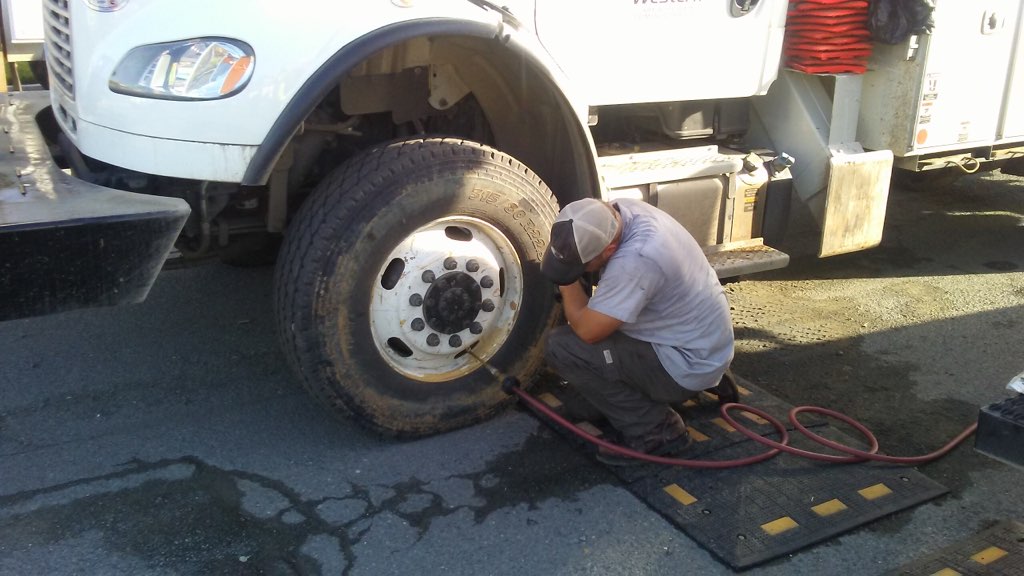
Have you ever found yourself in that heart-sinking moment, driving along, perhaps on a sweltering day, only for your dashboard to suddenly flash a dire warning? You instinctively check your coolant level, and to your surprise, it seems perfectly fine. This scenario is a remarkably common concern for many drivers, leading to confusion and, often, a misplaced focus solely on the coolant itself. The truth is, preventing engine overheating involves far more than just topping off a reservoir.
Indeed, an engine can overheat even when the coolant level appears adequate, pointing to a deeper, more intricate network of potential issues within your vehicle’s cooling system. This is where the real ‘hack’ comes in – understanding and addressing the manifold factors that contribute to elevated engine temperatures, independent of whether your coolant bottle is full or not. It’s about empowering you with the knowledge to troubleshoot and maintain your vehicle proactively, safeguarding its health from problems that lurk beyond simple fluid levels.
In this comprehensive guide, we’ll dive into the wisdom of seasoned maintenance experts, exploring critical strategies and preventative measures that don’t involve simply pouring in more coolant. We’ll unveil the common culprits behind overheating that often go unnoticed, from subtle leaks to component malfunctions, and show you how vigilant attention to your car’s vital systems can save you from costly repairs and roadside emergencies. Prepare to gain a new level of confidence in your car maintenance skills, ensuring your engine runs smoothly and reliably for the long haul.

1. **Understanding Core Overheating Risks Beyond Low Coolant**
It’s a persistent myth that an engine overheating automatically means a low coolant level. While coolant is undeniably crucial for regulating engine temperature, absorbing heat, and transferring it to the radiator for dissipation, the reality is far more complex. Your car can indeed overheat even if the coolant reservoir looks perfectly full, signaling that other, often more insidious, problems are at play within the sophisticated cooling circuit.
This crucial insight forms the bedrock of our expert hack: recognizing that adequate coolant presence does not equate to an adequately functioning cooling system. Various factors can prevent effective heat dissipation even when coolant is physically present. Issues like a malfunctioning thermostat, a radiator choked with debris, or a failing water pump can all lead to soaring engine temperatures, regardless of how much coolant is circulating.
Overheating occurs when the engine temperature exceeds its safe operating levels, a condition that can inflict severe damage if not addressed promptly. By shifting our focus from merely checking the coolant level to understanding these broader systemic vulnerabilities, we begin to genuinely master engine health. This holistic approach ensures you’re not caught off guard by an engine struggling to cool itself, even with seemingly sufficient coolant.
Therefore, understanding these risks means acknowledging that your engine’s temperature regulation is a delicate balance. It relies on a coordinated effort from multiple components working in harmony. When any part of this intricate system falters, the engine’s ability to shed heat is compromised, making overheating a real and present danger despite what the coolant reservoir might suggest.
Read more about: Investor Alert: Unmasking the 15 High-Mileage Maintenance Traps That Can Sink Your Savings

2. **Diligent Visual Inspection for System Leaks**
One of the most fundamental yet often overlooked steps in preventing overheating, without ever adding new coolant, is a diligent and regular visual inspection for leaks throughout your cooling system. While low coolant levels are a cause for concern, leaks are often the root cause of those low levels, and they can occur even when the reservoir initially appears full, slowly draining the system over time or under pressure.
Coolant leaks can manifest in various parts of the system, including the radiator, hoses, and gaskets. A leak in any of these components will prevent the cooling system from working efficiently, leading to insufficient heat dissipation and, inevitably, overheating. It’s not enough to simply have coolant; it must be contained and circulating effectively through a sealed system to do its job.
Making it a routine habit to visually inspect your radiator, hoses, and coolant reservoir for any signs of wetness or discoloration is invaluable. Be particularly watchful for any puddles of coolant forming under your vehicle when it’s parked. These are clear indicators of a leak that demands immediate attention. Even a small, slow leak can gradually deplete your system and lead to critical issues.
Beyond just looking, you can also often detect a coolant leak by its distinctive sweet scent. If you notice this unusual smell, particularly from under the hood, it’s a strong signal to investigate further. A loose radiator cap can also be a common culprit for leaks, failing to maintain the necessary pressure within the system, which then allows coolant to escape.
If you do suspect a leak, a thorough visual check should encompass the radiator cap, all hoses and their connections, the water pump, and even the engine block itself for any tell-tale signs of wetness or staining. Bulging, cracks, or signs of wear in hoses or their attachments are red flags that indicate a need for repair or replacement. Addressing these leaks promptly, perhaps by tightening a loose cap or replacing a damaged hose, is a crucial preventative measure that doesn’t involve adding new coolant, but rather preserving what’s already there and maintaining system integrity.
Read more about: Expensive Headaches: 11 Critical Engine Problems That Demand Immediate Attention to Avoid Major Repairs

3. **Proactive Thermostat Performance Checks**
Among the critical components governing your engine’s temperature, the thermostat plays a silent yet profoundly important role. This small but mighty valve restricts or increases the flow of coolant to maintain an optimal engine temperature. If it malfunctions, it can prevent coolant from circulating properly, causing the engine to overheat regardless of how much coolant is present in the system.
A malfunctioning thermostat, particularly one that is stuck closed, acts as a bottleneck, blocking the necessary flow of coolant to the radiator where it can dissipate heat. This means heat remains trapped within the engine block, leading to a rapid and dangerous rise in temperature. Conversely, a thermostat stuck open can cause the engine to run too cool, which while not immediately overheating, can also lead to efficiency problems and long-term wear.
Regularly testing your thermostat to ensure it works as intended is a vital preventative measure that sidesteps the need for adding coolant. A faulty thermostat can lead to serious engine damage, so knowing its operational status is key. If you notice your temperature gauge behaving erratically—either constantly running hot or taking an unusually long time to warm up—it might be an indicator of a thermostat issue.
Many modern vehicles rely on a thermo-expansive wax cylinder within the thermostat to trigger its opening and closing in response to heat. When this mechanism fails, the vital regulation of coolant flow is compromised. If a professional diagnosis confirms a faulty thermostat, replacing it is a direct and effective solution that restores the cooling system’s intended functionality, preventing overheating by ensuring proper coolant circulation, not by adding more fluid.
Read more about: Spilling the Gas: Unmasking 12 Critical Engine Failure Points That Allegedly Emerge Right After Your Warranty Ends

4. **Maintaining a Pristine Radiator for Optimal Airflow**
The radiator is the unsung hero of your cooling system, acting as a critical heat exchanger that transfers heat from the engine’s coolant to the ambient air. However, its efficiency is highly dependent on clear, unobstructed airflow through its fins. A common and preventable cause of overheating, entirely independent of coolant levels, is a clogged radiator, which impedes this vital heat dissipation.
Over time, dirt, leaves, insects, and other road debris can accumulate on the exterior of your radiator’s cooling fins. This accumulation creates a barrier, blocking airflow and effectively insulating the radiator, preventing it from efficiently releasing the heat absorbed from the coolant. The result is a system struggling to cool, leading to elevated engine temperatures.
Maintaining a pristine radiator is a straightforward yet incredibly effective hack to prevent overheating. This involves regularly cleaning the exterior of the radiator to ensure unobstructed airflow. A soft brush, like a nylon brush, can be gently used to clear away accumulated carbon and debris between more comprehensive flushes. This simple act can significantly boost your radiator’s cooling capacity.
Beyond external blockages, the internal pathways of the radiator can also become clogged with rust or mineral deposits, particularly if tap water has been used in the coolant mixture in the past. While internal clogs often require professional flushing, ensuring the exterior is clean is a hands-on task that any vigilant driver can perform. By keeping the radiator free of physical obstructions, you enable it to perform its heat-exchanging duties unimpeded, thus preventing overheating by optimizing the existing system’s performance rather than by adding more coolant.
Read more about: 10 Essential Hacks to Keep Your Classic Car Running Cool in Extreme Summer Heat
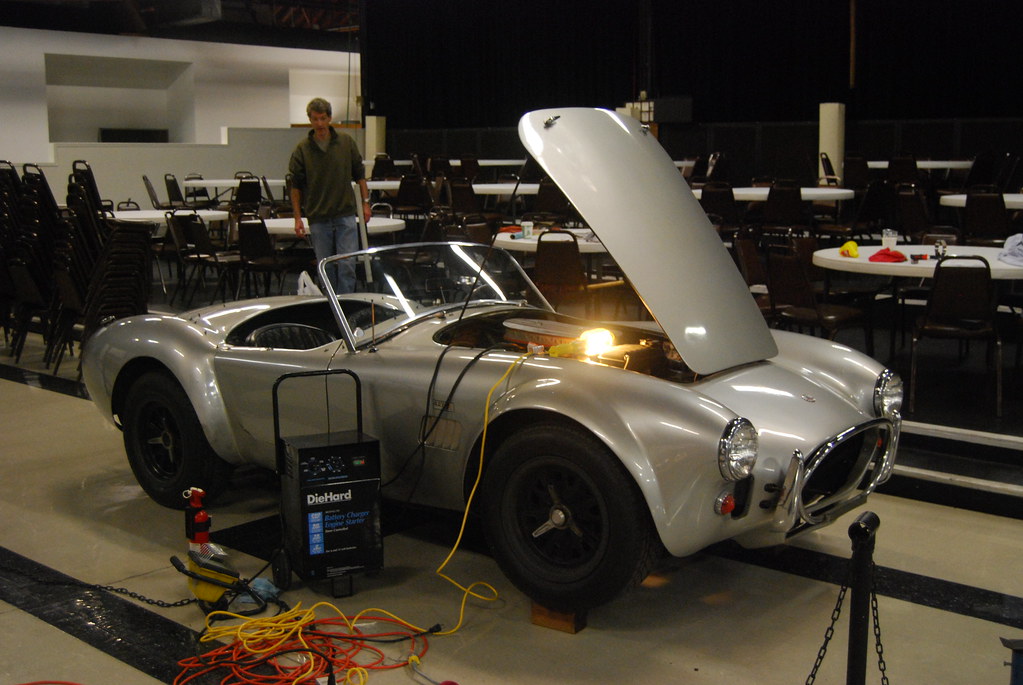
5. **Vigilant Water Pump Monitoring**
Consider the water pump as the heart of your engine’s cooling system; its consistent and robust operation is non-negotiable for effective temperature regulation. This critical component is responsible for circulating coolant throughout the engine, pushing it through the block, cylinders, and then to the radiator. If the water pump malfunctions, coolant circulation is reduced or halted, leading directly to overheating, irrespective of how much coolant is in the system.
A malfunctioning water pump can prevent coolant from reaching the necessary areas of the engine, meaning heat cannot be absorbed and transferred away as intended. Without this vital circulation, the engine quickly becomes a ticking time bomb of rising temperatures. Symptoms of a failing water pump can sometimes include unusual noises, such as a grinding or whining sound coming from the engine bay, which should never be ignored.
Proactive monitoring of your water pump’s health is a key preventative strategy that doesn’t involve adding new coolant. Regularly listening for these unusual noises and having the pump checked or replaced if any are detected can prevent catastrophic engine damage. A professional mechanic can assess the pump’s condition and determine if it needs attention, often before a full-blown overheating crisis occurs.
Water pumps typically use a rotating impeller, driven by the engine’s belt, to create the centrifugal force needed for coolant flow. If this impeller is damaged, or if there’s an issue with the pump’s bearings or seal, its ability to circulate coolant diminishes. Addressing these issues through repair or replacement of the water pump ensures the existing coolant can perform its job effectively, maintaining optimal engine temperatures without the need to continuously add more fluid.
Read more about: Investor Alert: Unmasking the 15 High-Mileage Maintenance Traps That Can Sink Your Savings
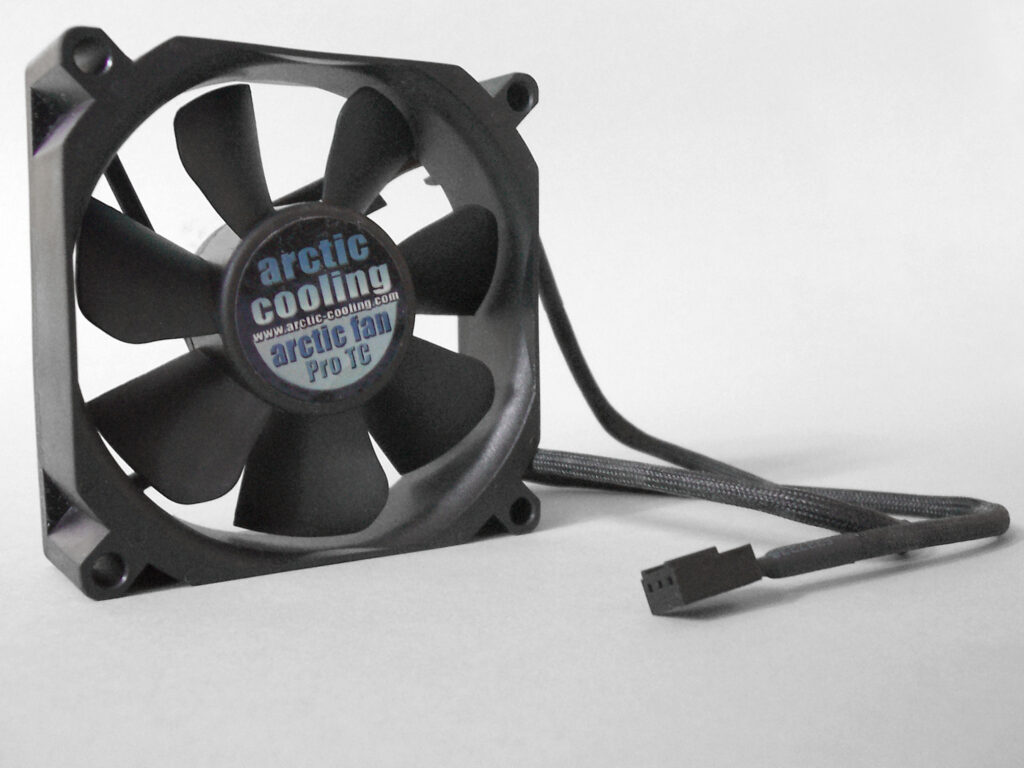
6. **Ensuring Cooling Fan Responsiveness**
The cooling fan, particularly important when your vehicle is moving slowly or stopped, serves a singular, crucial purpose: to push air through the radiator to facilitate heat dissipation. Its responsiveness is absolutely essential for preventing overheating, especially in conditions where natural airflow from driving isn’t sufficient. If the cooling fan fails, it simply won’t eliminate excess heat, causing engine temperatures to climb rapidly, even with a perfectly filled coolant system.
Imagine sitting in traffic on a hot day. With minimal forward motion, there’s little natural air passing through your radiator. This is precisely when the cooling fan kicks into action, drawing air across the radiator fins to pull heat away from the coolant. If this fan is unresponsive or malfunctioning, the radiator’s efficiency plummets, and your engine will struggle to cool down, leading to an inevitable overheat.
Ensuring your cooling fan is working properly is a critical preventative hack that requires no coolant addition. You can often check this by letting your car idle for a while after it’s warmed up. Eventually, the fan should kick on. If it doesn’t, or if it makes unusual noises, it’s a strong indicator of a problem. Obstructions in the front grille or a faulty fan motor can reduce airflow, hindering its ability to perform its cooling duties.
Some vehicles, especially heavy-duty trucks, utilize a fan clutch to regulate the cooling system fan. Regular cleaning and maintenance of this fan clutch can be a crucial task for these vehicles, ensuring the fan engages effectively when needed. For cars, which are more likely to use electric fans, checking the fan’s operation and ensuring no debris is obstructing its blades are key steps. Addressing any issues with your cooling fan or its related components directly restores a vital part of your engine’s heat management, preventing overheating by improving airflow rather than relying on adding more coolant.
Read more about: Track Day Champions on a Budget: 11 Bargain Sports Cars That Redefine Affordable Performance
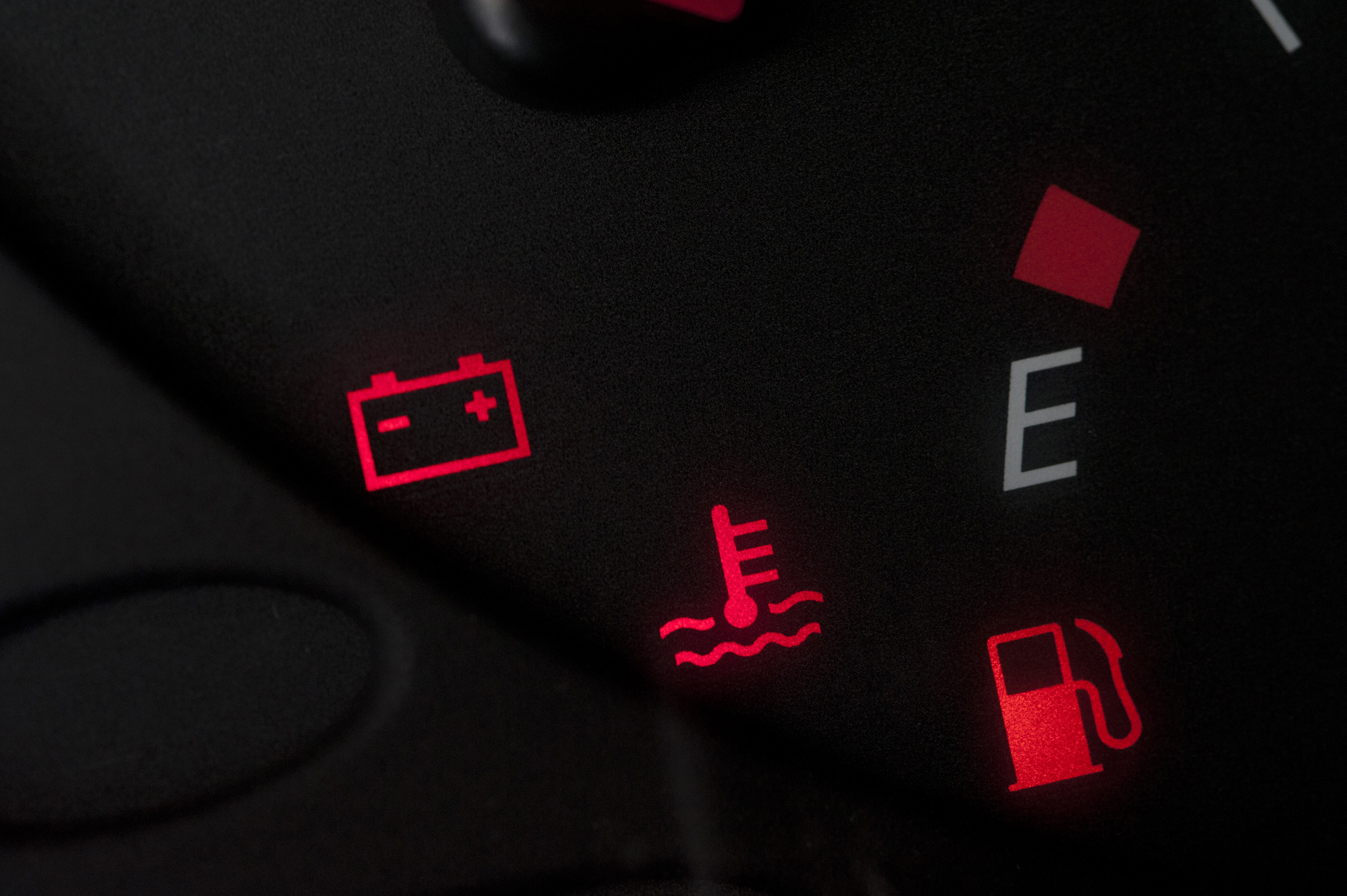
7. **Recognizing Dashboard Warning Lights as Your First Alert**
When your car’s engine begins to struggle with its temperature, one of the earliest and most crucial indicators will likely appear right on your dashboard. The engine temperature light, often depicted as a thermometer symbol, is your vehicle’s direct SOS. If it illuminates, it’s a clear signal that your engine may be overheating, even if the coolant reservoir looks perfectly full. This light acts as a vital early warning system, prompting immediate attention.
Modern vehicles are meticulously engineered with sophisticated monitoring systems, and these warning lights are designed to prevent catastrophic failures. Ignoring an illuminated engine temperature light is akin to ignoring a flashing red alarm. It signifies that your engine is operating outside its safe temperature range, irrespective of visible coolant levels, pointing to an underlying problem within the complex cooling circuit.
Beyond just a dedicated temperature light, your car might also have a temperature gauge. If this gauge starts climbing steadily into the red zone or shows erratic behavior, it’s another unmistakable sign. A gauge persistently running hot suggests a system struggling to dissipate heat effectively. Vigilantly monitoring these dashboard indicators is the simplest yet most profound way to catch overheating before it escalates, offering you precious time to act and mitigate potential damage.
Paying close attention to these visual cues is a fundamental aspect of proactive vehicle maintenance. These indicators are not merely suggestions; they are urgent calls for investigation. Familiarize yourself with your car’s specific dashboard symbols and their meanings to ensure you can react swiftly and appropriately when your engine begins to signal distress.
Read more about: Spilling the Gas: Unmasking 12 Critical Engine Failure Points That Allegedly Emerge Right After Your Warranty Ends
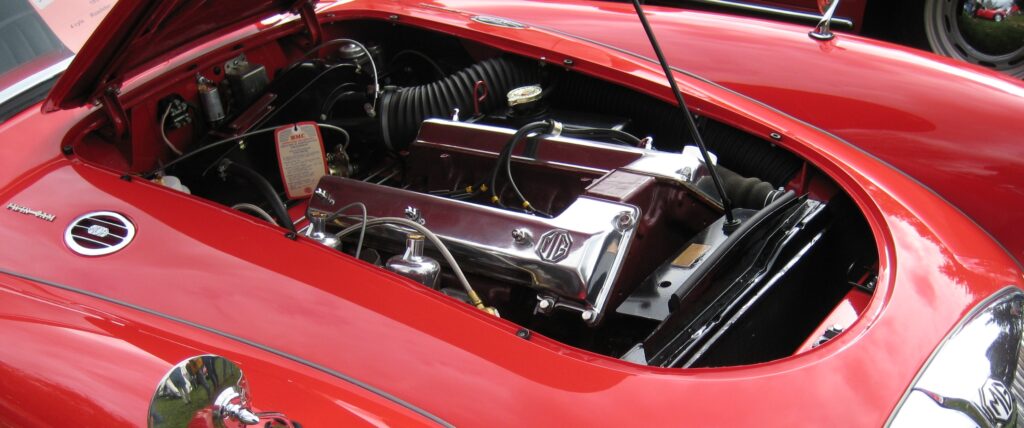
8. **Heeding the Smoke Signals: Steam from the Engine Bay**
While dashboard lights offer a digital warning, few signs are as stark and alarming as actual steam escaping from your engine bay. This isn’t just a visual spectacle; it’s a dramatic manifestation of excessive heat, often indicating that the coolant itself is boiling within the system. Witnessing steam under the hood demands immediate action, as it signals a critical failure in the engine’s ability to regulate its temperature.
Steam production is a direct consequence of coolant reaching dangerously high temperatures, far beyond its normal operating range, and often indicates a loss of pressure within the system. Even if you checked your coolant levels moments before, this event confirms that the coolant is not effectively circulating, or that the system has sprung a leak under the intense pressure of overheating, allowing hot fluid or vapor to escape. It’s a physical testament to a system in crisis.
If you ever see steam billowing from beneath your hood, your immediate response should be to pull over to a safe location and turn off the engine without delay. Do not attempt to open the radiator cap or coolant reservoir while the engine is hot, as the pressurized hot fluid can cause severe burns. This visible sign is an undeniable confirmation that your engine is in an advanced state of overheating and requires immediate professional assessment.
Recognizing this potent signal can prevent irreparable harm to your engine. It transcends the realm of preventative checks and moves into emergency response. The presence of steam means the engine’s delicate balance is severely compromised, urging a swift and cautious approach to safeguard both your vehicle and your personal safety.
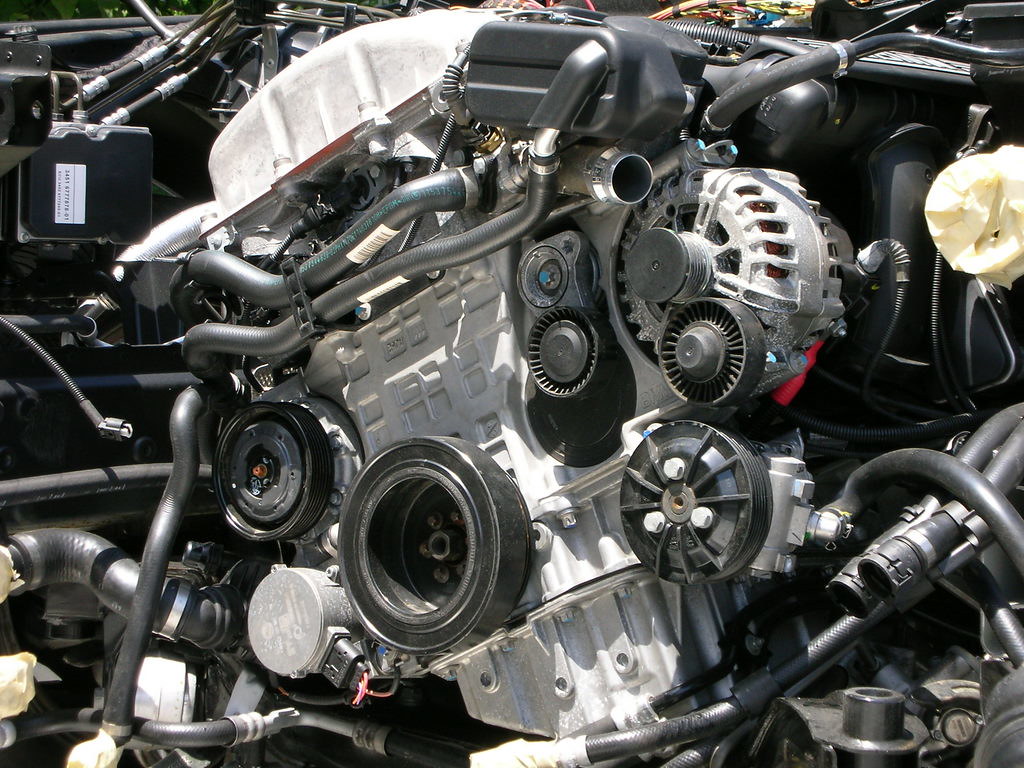
9. **Deciphering Unusual Engine Noises and Performance Drops**
Your engine communicates its distress not only through lights and steam but also through auditory cues and a noticeable decline in performance. Unusual engine noises, such as knocking or pinging, can be direct indicators of an overheating engine. These sounds often arise from excessive heat causing abnormal combustion within the cylinders, signaling that components are struggling under immense thermal stress.
These alarming sounds are typically referred to as ‘pre-ignition’ or ‘detonation’ and occur when fuel ignites prematurely or unevenly due to the heightened engine temperatures. This uncontrolled combustion can inflict significant internal damage, stressing pistons, connecting rods, and crankshafts. Such noises are not to be dismissed; they are critical warnings that your engine’s internal environment is becoming unstable and needs urgent attention.
Beyond unusual sounds, a noticeable drop in engine performance is another telling symptom. If your car struggles to accelerate, feels sluggish, or experiences a significant loss of power, these changes can directly stem from overheating conditions. An engine operating at dangerously high temperatures will inherently reduce its efficiency and power output as a self-preservation mechanism, or simply due to components failing to function optimally.
Monitoring your engine’s characteristic sounds and its usual performance is a key part of informed vehicle ownership. Any deviation from the norm—a new knocking sound, a persistent ping, or a sudden inability to maintain speed—should prompt immediate investigation. These subtle yet significant changes are your engine’s way of signaling that its health is compromised, demanding a quick diagnosis to prevent more severe issues.
Read more about: Consumer Notice: These 9 Used Bicycles Become Frame Crackers Once They Hit 10000 Kilometers
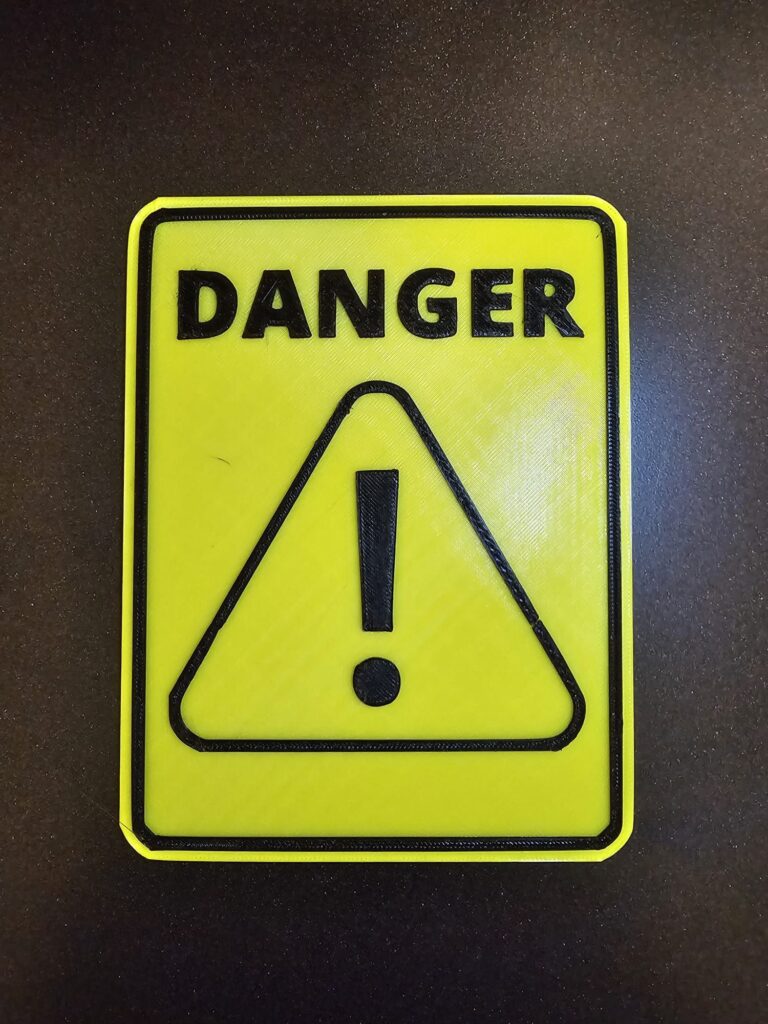
10. **Understanding the Immediate Dangers: Short-Term Consequences of Overheating**
When your engine overheats, the immediate fallout can be both unsettling and damaging, leading to a cascade of problems that affect your driving experience and the integrity of your vehicle. These short-term effects are warning shots that demand your immediate attention, highlighting the urgency of addressing the temperature crisis before it spirals into deeper, more costly issues.
One of the most common immediate consequences is the illumination of engine warning lights on your dashboard, which we’ve already discussed as a primary alert. However, an overheating event can trigger multiple warning indicators beyond just the temperature gauge, signaling broader engine concerns. Concurrently, you may experience a significant loss of power, as the engine struggles to maintain optimal function under extreme heat. This diminished acceleration or reduced responsiveness can make driving unsafe and frustrating.
Another very visible and hazardous short-term effect is the production of steam from the engine bay. This isn’t just hot air; it’s often coolant boiling over, escaping as vapor due to the intense pressure and heat. This steam indicates that the cooling system is failing to contain and manage its fluid, and it poses a direct risk of severe burns if you attempt to inspect the engine immediately after pulling over.
Crucially, high temperatures inflict immediate stress on vital engine components, particularly seals and gaskets. These flexible materials are designed to withstand normal operating conditions, but extreme heat can cause them to weaken, crack, or even melt. This damage inevitably leads to leaks—not just of coolant, but potentially of engine oil or transmission fluid—creating further complications and a more extensive repair bill. Addressing overheating promptly at this stage can prevent these immediate issues from escalating into long-term catastrophic damage.
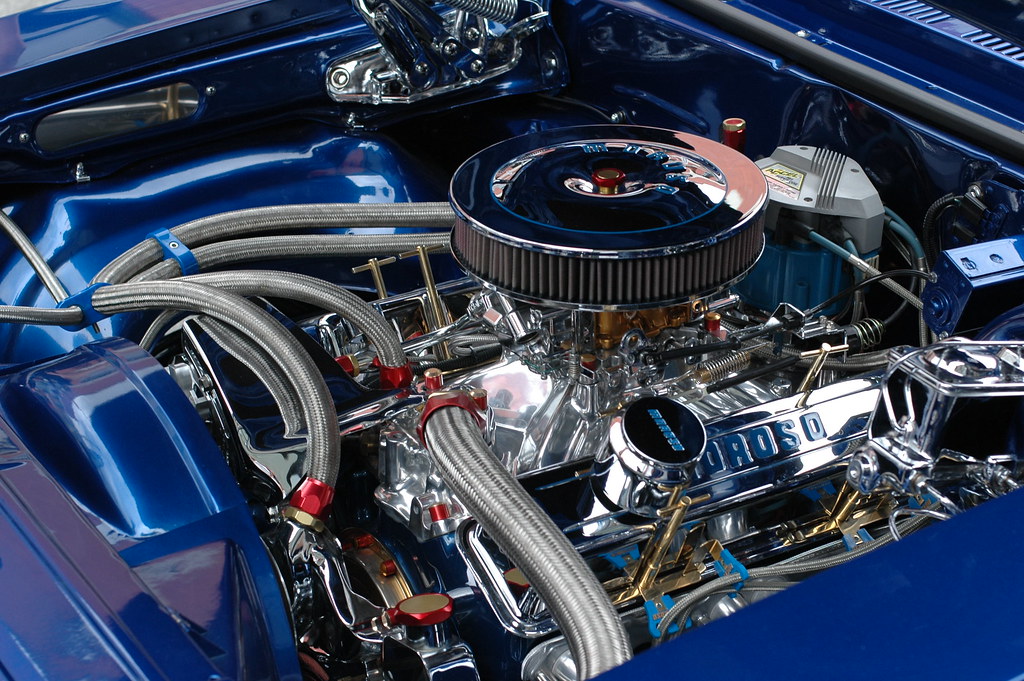
11. **The Catastrophic Truth: Long-Term Engine Damage from Neglected Overheating**
While short-term issues are urgent, ignoring persistent or severe overheating can pave the way for truly catastrophic long-term damage, transforming a manageable repair into an engine-totaling nightmare. These are the consequences that every driver dreads, leading to exorbitant repair bills or, in the worst cases, the complete replacement of your engine. Understanding these severe outcomes underscores the critical importance of proactive maintenance.
One of the most infamous long-term consequences is warped cylinder heads. The cylinder head, a complex component designed to seal the combustion chambers, is highly susceptible to heat. Extreme, prolonged heat can cause it to distort or ‘warp,’ leading to a compromised seal between the cylinder head and the engine block. This results in head gasket failure, coolant leaking into the cylinders or oil, and significant loss of compression, all of which manifest as costly and labor-intensive repairs or even necessitate cylinder head replacement.
Even more dire is the potential for a cracked engine block. The engine block, the very foundation of your engine, is typically made of cast iron or aluminum. Under the immense pressure and extreme temperature fluctuations caused by severe overheating, the material can weaken and eventually crack. A cracked engine block renders the engine virtually unusable and often means the entire engine must be replaced, representing one of the most expensive repairs a vehicle owner can face.
Furthermore, sustained high temperatures can lead to the breakdown of engine oil. Lubricating oil is formulated to perform optimally within specific temperature ranges. When subjected to extreme heat, its chemical structure can degrade, reducing its viscosity and protective properties. This compromised oil then fails to adequately lubricate critical engine components, leading to increased friction, accelerated wear, and potential seizure of parts like bearings, pistons, and camshafts. This internal wear significantly shortens the engine’s lifespan and can precipitate further mechanical failures.
Finally, the radiator itself, a key player in heat exchange, can suffer irreparable damage from continuous heat stress. Internal corrosion, clogged passages from mineral deposits, or even physical deformities can reduce its efficiency to the point where it can no longer effectively dissipate heat. Such damage necessitates radiator replacement, further compounding the repair costs and prolonging the time your vehicle is off the road. These long-term damages serve as a powerful reminder of why treating overheating with immediate and sustained attention is non-negotiable for engine longevity.
Read more about: Red Flag Alert: Critical Transmission Problems in Popular Pickup Trucks Around the 90,000-Mile Mark

12. **Proactive Steps Beyond Component Fixes: The Full Maintenance Schedule and Immediate Action**
Beyond individual component checks, a comprehensive approach to engine health involves adhering to a full maintenance schedule, particularly regarding your coolant and cooling system as a whole. While ensuring components are pristine is crucial, overlooking scheduled coolant changes is a common pitfall that can lead to overheating. Coolant, a vital mixture of distilled water and antifreeze, loses its effectiveness over time, with its corrosion inhibitors depleting and its ability to absorb and dissipate heat diminishing.
Maintenance experts recommend replacing your coolant every 30,000 miles or as specified by your manufacturer, typically every two to five years. This periodic coolant system flush is essential to remove old, degraded fluid and replace it with fresh coolant that offers optimal thermal regulation and corrosion protection. Moreover, regularly checking the coolant’s color, clarity, and viscosity, perhaps seasonally, can provide early warnings of contamination or corrosion, allowing you to address issues before they compromise engine temperature.
An optimal maintenance schedule extends to daily and pre-trip visual checks for leaks, seasonal inspections of coolant level and quality, and bi-annual or annual pressure tests to ensure system integrity. These routine habits, coupled with professional assessments, collectively minimize the risk of overheating. Regular attention to these preventative measures builds a robust defense against unexpected engine temperature spikes, ensuring your cooling system operates at peak efficiency.
However, even with the best preventative care, emergencies can occur. If you ever find your engine overheating, recognizing the signs immediately is paramount. If dashboard warning lights illuminate, the temperature gauge spikes, or steam starts rising from under the hood, pull over safely as soon as possible. Turn off the engine and allow it to cool down for at least 15 to 30 minutes before attempting any inspection. Never open a hot radiator cap.
After the engine has cooled, you can safely check coolant levels. If they are low, and you have the correct type of coolant on hand, you can top it off. However, if the issue persists, or if you suspect a more serious underlying problem, the wisest course of action is to call for professional assistance, such as a tow truck or roadside service. Prompt, informed action in an overheating scenario can be the difference between a minor repair and catastrophic engine damage, underscoring the importance of preparedness and knowledge for every driver.
In the grand tapestry of automotive care, understanding your cooling system is like knowing the heartbeat of your vehicle. It’s a complex, interconnected network where every component plays a pivotal role in maintaining optimal engine temperature. From the subtle flicker of a dashboard light to the alarming puff of steam, your car is constantly communicating its needs. By decoding these critical signals, implementing proactive maintenance, and knowing precisely when to intervene or seek expert help, you’re not just preventing overheating; you’re cultivating a relationship of trust and longevity with your ride. Drive smart, drive safe, and keep that engine cool – for miles and memories ahead.



